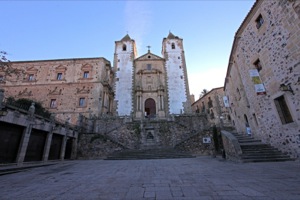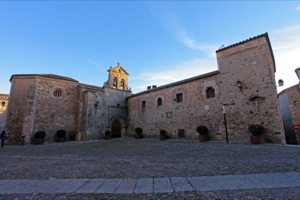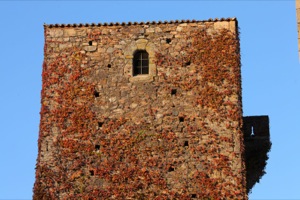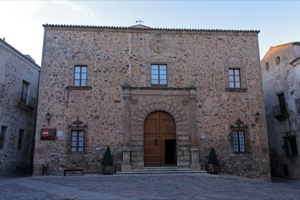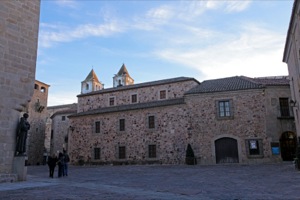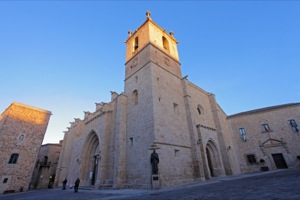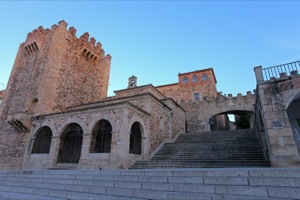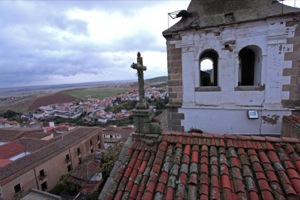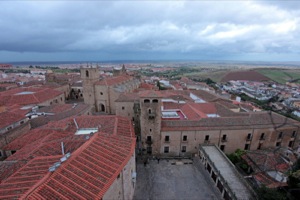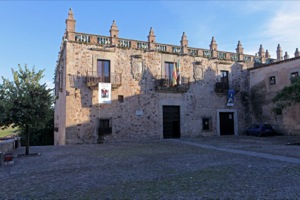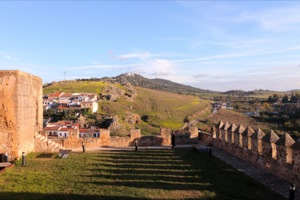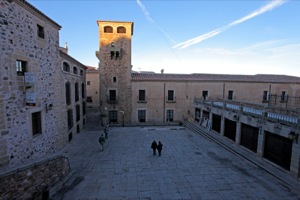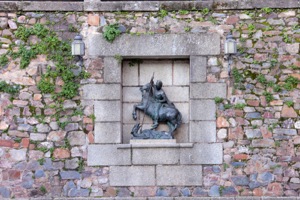Art and culture
Old quarter of Caceres
The old quarter of the city of Caceres contains a wealth of Renaissance buildings, thanks to its many palaces, stately homes and Cathedral.
- Explore
- Casco histórico de Cáceres
Location and Contact:
- Contact person: Municipal Tourist Office
- Tel.:+34 927 24 71 72
- Fax: +34 927 21 65 77
- Email: turismo@ayto-caceres.es
- Website address: https://turismo.caceres.es
- Facebook: https://www.facebook.com/turismocc
- Twitter: https://twitter.com/VisitCaceres
-
The old quarter of the city of Caceres contains a wealth of Renaissance buildings, thanks to its many palaces, stately homes and Cathedral.
The old quarter of Caceres, which was declared a World Heritage Site by UNESCO in 1986, is one of the most complete and best conserved town centres in Europe. It consists of buildings from the Middle Ages and the Renaissance. The city wall divides its space into two main areas. Inside the city walls, we find the lion's share of the best known buildings of this city, such as the Cathedral of Santa María, the Palacio de las Veletas, the palaces of the Golfines, la Casa del Sol or the Bujaco Tower.
As soon as you pass under the Estrella arch, from the Central Square, you take a step back in time and become completely immersed in the history of the old quarter of this bimillenary city. The history of Caceres is very old indeed. It goes back to the Maltravieso cave, which contains Later Palaeolithic cave paintings (you can see images of these paintings in the visitors' centre).
But the true origin of the city and of its old quarter goes back to 34 B.C., the year in which Gaius Norbanus Flaccus founded the Norba Caesarina, which is now Caceres. This town was reconquered by Alfonso IX on 23 April, 1229, on St George's Day, who since then has been its patron saint. From that date on, many palaces and monuments were built, buildings which you can now see in the old quarter, and which were at their peak during the Catholic Monarchs era (fifteenth and sixteenth centuries).
If you want to explore the past history of the old quarter in greater depth, you have to visit the city's museums: the Caceres museum in Plaza de las Veletas, where you will find the archaeological remains found in the city; the exhibition centre on the ramparts of Santa Ana, and the provincial Council building. The Caceres Holy Week, which draws tourists from all over the world, has its own special museum in the Church of La Preciosa Sangre.
-
- Origin:
-
- Bronze Age
- Iron and Copper Age
- Iberian
- Prehistoric
- Romanisation (BC)
- Romanisation (AD)
- 1st century BC
- 1st century
- 2nd century BC
- 2nd century
- 3rd century BC
- 3rd century
- 4th century BC
- 4th century
- 9th century
- 5th century
- 6th century
- 7th century
- 8th century
- 10th century
- 11th century
- 12th century
- 13th century
- 14th century
- 19th century
- 15th century
- 16th century
- 17th century
- 18th century
- 20th century
- 21st century
- Construction:
-
- Walled enclosure
- Art period:
-
- Gothic
- Iberian
- Islamic
- Mudejar
- Neoclassic
- Prehistoric
- Pre-Romanesque
- Renaissance
- Romanesque
- Romanisation
- Roman
- 19th century
- 20th century
- 21st century
- Visigoth
- Period in history:
-
- Various periods
- Various styles
- Official name :
-
- World Heritage Site
Accessibility:
- Disabled access
- Admits guide dogs
- Guide for disabled people
- Adapted educational materials
- Access ramps
- Adapted route for disabled people
- Signs in Braille
- Toilet with disabled access
- Toilet for disabled people in common areas
Services:
- Application for Mobile Devices
- Coffee shop
- Facilities Babies
- Facilities for Disabled
- Shop
- Guided Tours
Gallery:
More suggestions
-
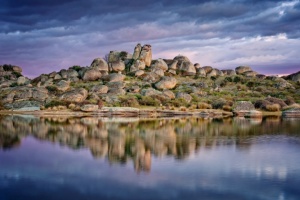
Los Barruecos Natural Monument
The Los Barruecos Natural Monument is in the middle of the Cáceres peneplain. This is a spectacular natural creation that man has also helped to shape. This unique undulating landscape is dotted with lakes and enormous granite boulders.
-

Vostell-Malpartida Museum
The works in this museum, located in Los Barruecos, exude symbology everywhere you look.
-
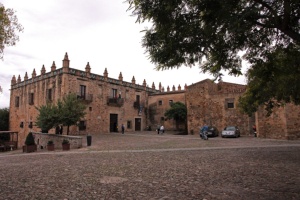
Cáceres Museum
One of the attractions of this museum is that, not only can you journey through the archaeological past of this Extremadura city but you can also discover the work of contemporary artists, such as Picasso, Miró and Tàpies. Even discover an underground cistern.
-
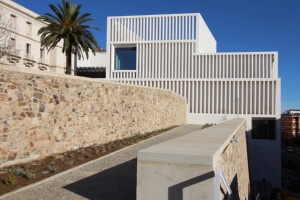
Museo Helga de Alvear
Inaugurado en febrero de 2021, el nuevo museo de Cáceres muestra 200 obras de las cerca de 3.000 que componen la colección de la galerista Helga de Alvear. Lo mejor del arte contemporáneo en un edificio de nueva planta.
-
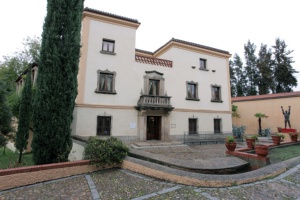
Casa Pedrilla and Guayasamín House-Museum
In one place, two cultures come together to promote their contemporary history
-
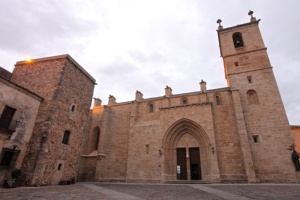
Cáceres Co-Cathedral Museum
The pieces at this museum are donations from other parishes in the city and from other churches in the province
-
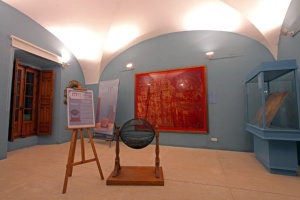
City of Cáceres Municipal Permanent Exhibition Hall
This museum was created for visitors to learn about Cáceres and its history
-

Casa- Museo Árabe Yusuf al Burch
-
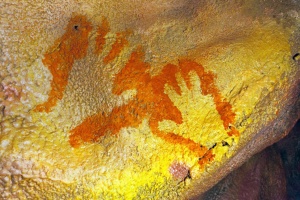
Maltravieso Cave
The Maltravieso cave hides many surprises, like the fact that it is actually inside the town of Cáceres.
-
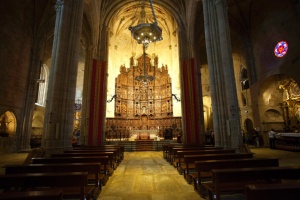
Cáceres Church Cathedral
In the medieval centre of the town stands the Church Cathedral of Santa Maria, an architectural expression with a clear predominance of Gothic art.
-
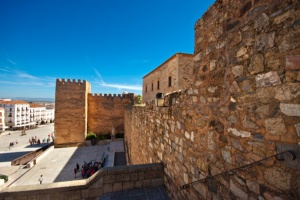
Cáceres City Wall
From the times when the Romans occupied these lands there still remains a part of the city wall which safeguarded the city, as well as its gates and towers.
-
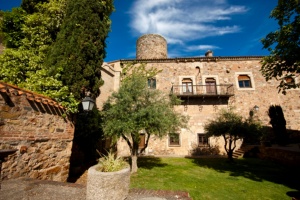
Carvajal Palace
From the 15th and 16th centuries in the monumental city of Cáceres you will find an unusual building with a mixture of Gothic and Renaissance elements.


